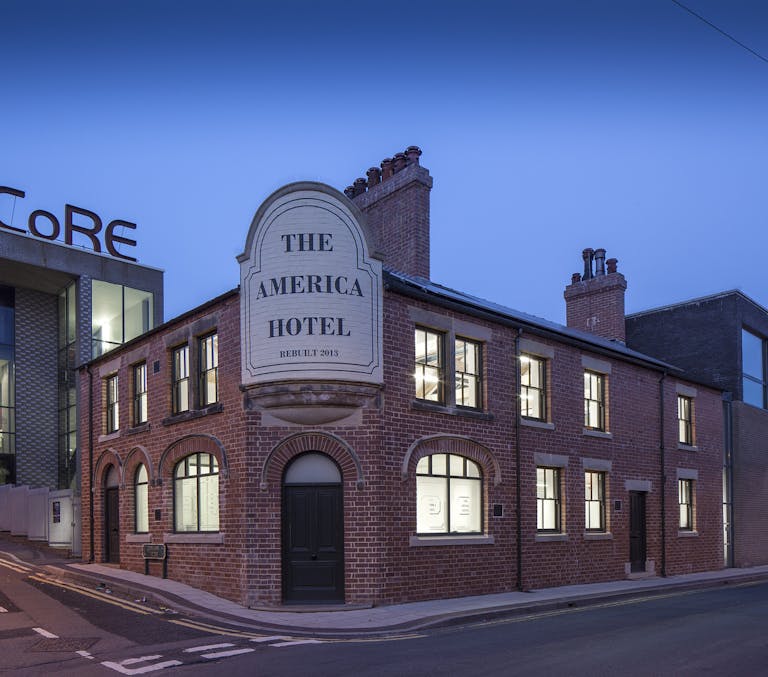Thought leadership: Innovation and the built environment

Does innovation always translate to progress, or are we guilty of overlooking better solutions which already exist?
We are facing three major crises: climate breakdown, biodiversity loss, and social division and inequality. All three are undeniably linked to human beings constantly striving towards greater economic and industrial progress and growth: profit-driven goals, synonymous with innovation.
As built environment professionals working in 2023, we need a new way of thinking about innovation - geared towards solving these increasingly threatening problems, and not least because of the construction industry’s impact on climate change.
At Purcell, we have always prioritised refurbishment and adaptive reuse over demolition and new build, and for us, repairing, recycling, refurbishing, and repurposing are far from new or innovative ideas. For our team, innovation means solving problems and finding solutions to the challenge of adapting and reusing existing buildings in a way that prolongs their life and use in a sustainable way.



Considered innovative and ahead of its time when completed ten years ago, the Centre of Refurbishment Excellence in Stoke-on-Trent used technologies including photovoltaic panels, solar hot water panels, ground source heat pumps, a biomass boiler, and rainwater harvesting to transform a disused pottery works into a national centre for low energy building retrofit.
We took a similar approach in Holyhead, where the derelict Market Hall, located in the heart of the town and rooted in community life, was restored and transformed into a new community and learning centre.
Natural and breathable materials, such as wood wool insulation and hemp lime plaster, were used to allow the existing masonry walls to regulate moisture. These products - made from naturally derived materials with low or negative embodied carbon - have been around for centuries, but in 2023 are being used in different and novel ways to retrofit both our existing buildings and in contemporary new buildings.
At Ledston Hall, near Leeds, we recently oversaw the unprecedented installation of the first double glazed windows in a Grade I listed building in England.
Whilst perhaps not instantly innovative, the replacement of windows in listed properties is usually heavily resisted, with replacements often considered damaging to a historic building’s character. Close consultation with Historic England allowed us to gain rare consents to install slimline double-glazed windows, achieving U-values of 1.9, in a thickness of 16mm, whilst ensuring the building’s heritage value was secured.

In Hong Kong, the pioneering Tai Kwun project saw the adaptive reuse of 16 historic buildings to provide a rare courtyard oasis at the centre of one of the densest cities in the world. The project was a collaboration with Herzorg and de Meuron, who designed the new build elements, the façade of which was clad in recycled aluminum “bricks” created using old alloy wheels.
The restoration of the existing buildings involved the meticulous salvaging of floors, finishes, ironmongery, doors, windows, granite blocks (reused as paving), and bricks, which if damaged, were individually taken out, turned around and replaced to restore the original finish without using new materials.
These painstaking techniques to salvage existing fabric for reuse are common in the heritage sector but have not yet been adopted as mainstream practice: in the UK alone, around 50,0000 buildings are demolished each year, contributing to 62% of the country's total waste production.
There’s no denying that innovation is part of the solution to the crises we are all facing, but let’s move away from the concept of innovation for innovation’s sake. Instead of valuing something solely based on it being new, let’s find the value in, and enhance, what we already have for the future.






